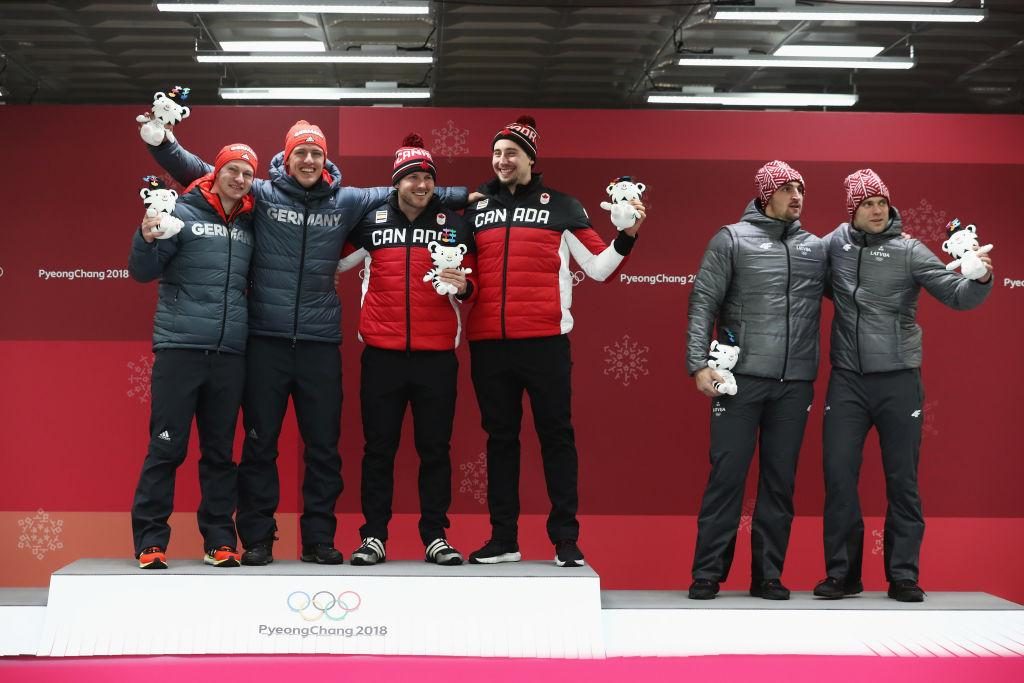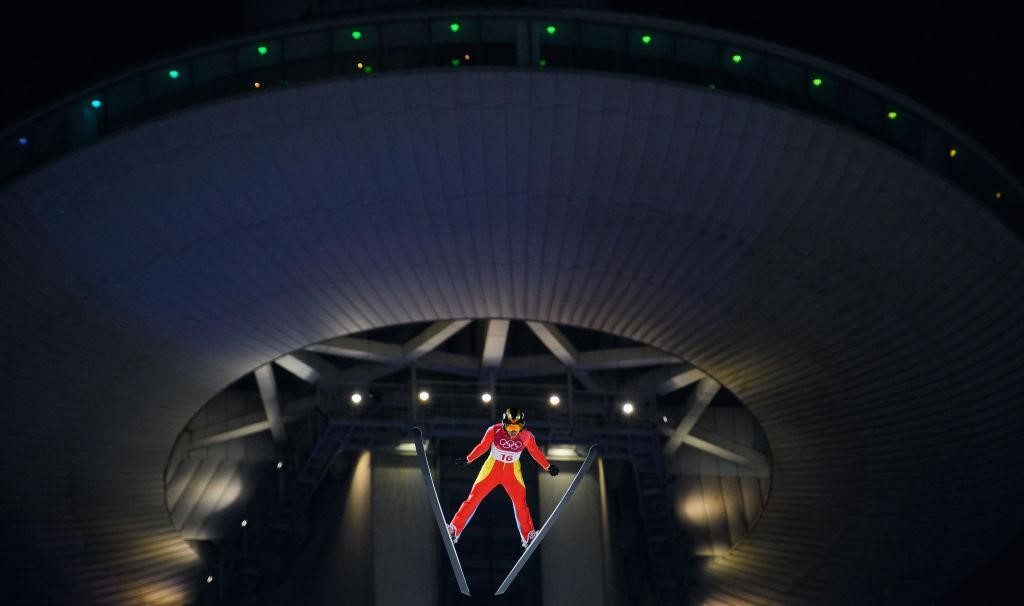3, 2, 1 Go!
As imaging technology advances, time keeping at the Olympics is more accurate than ever
The 2018 Winter Olympic Games at PyeongChang have been dubbed the “technological” games with the introduction of many new technologies to help connect spectators in the stadiums and provide sharper, real-time coverage for those at home. Technology is also playing a role in transporting spectators to and from the games, and in monitoring athlete health.
The use of a record-setting number of drones in an elaborate aerial choreography, high-speed 5G mobile networking, virtual reality sports demonstrations and even hilarious skiing robots, have overshadowed some of the smaller, more crucial stories of how technology is integrated into the Olympics.
When top athletes of the world meet to compete, the decision of who wins gold can come down to a one-hundredth of a second. Sometimes, competitors are so perfectly matched that even at this, a tie results, and both must be awarded the same prize—and in some cases, it’s a gold medal. If you’re following the games you might have seen or heard of the Canadian and German 2-man bobsled teams who tied at 3:16.86 and both were awarded gold! In this article, we will explore how imaging technology is playing a greater role in helping to determine who wins, who loses and everything in between.

The first written records of the ancient Olympic games date back to 776 B.C. Since then there have been many changes to the Olympics- from the split of summer and winter sports to the introduction of women in sport. The Olympics have seen many societal and technological transformations. In 1932, a time when competitions were timed by hand OMEGA was named the official timekeeper of the Olympic games and they have served in this role ever since. With advances in imaging technology, timekeeping equipment used in the Olympic Games has become more and more precise. Today’s timekeeping technology is capable of capturing times down to the thousandth of a second, depending on the sport. In PyeongChang 2018, there are 230 tons of timekeeping equipment, including cameras, timers, electronic starting guns, public scoreboards and more to ensure the highest degree of timekeeping is upheld. Keeping with the spirit of the “technological” games, timekeeping today also includes motion sensors.
“For the very first time Omega is going to deploy motion sensor technology in five different sports. Those technologies allow us to provide instant information of the performance of the athlete between the start and finish,” said Alain Zobrist, CEO Omega Timekeeping.

How does motion sensor technology work?
For events using motion sensor technology, the athlete will, in effect, “wear” a motion detector, attached to their clothing or to their equipment. Motion sensors are used to detect height, speed and spatial location of an athlete during competition. The data is transmitted and decoded by motion sensor antennas.
Let’s take a look at how 5 different sports will use this state-of-the-art sensing technology to improve judgment and inform spectators at home of just how amazing some of these feats are.
Ice Hockey
With 12 players on the ice, 10 of whom are skating at speeds of 20-40 km/h, the role of the referees, review committee and imaging technology is key to objective judgment calls. During the 2018 PyeongChang Olympics, OMEGA introduced the use of motion sensors and whistle detection system for the players and referees. Players wear a motion sensor on their back, which will allow all essential in-game data to be relayed to viewers at home, creating a more engaging game and inscrutable details for post-game analysis. The referees are equipped with a whistle detection system, which immediately stops the clock when blown and allows the referee to communicate via microphone to the timing bench.
Speed Skating
With the photo-finish tie in the Men’s 5000m speed skating event, viewers were made aware of just how precise the myriad photo finish cameras are: each camera scans just a small portion of the finish line at 10,000 scans per second, putting vertical slices together to create a detailed image. In comparison, the myriad photo finish cameras at the 2014 winter Olympics in Sochi could capture only 2,000 scans per second. In this event, the judges had to consult the timekeeping room to get the timing to the 1000th of a second and with the request, it became apparent that Canadian Ted-Jan Bloemen won with a .0002-second lead on Norwegian Sverre Lunde Pedersen. With the average Olympic speed skater reaching speeds of 58 km/h, it’s incredibly important to ensure accurate timing. In Pyeongchang, speed skating uses transponders that are attached to skaters, an electronic start gun, lap counters, laser photocells, timers, displays and the aforementioned devices.

Alpine Skiing
With alpine skiers achieving speeds of 128 km/h on average, it’s easy to blink and miss a run. OMEGA has deployed timekeeping and imaging including electronic start gate and clock, and infrared photocells at the start, middle, and end of the course, as well as motion sensors attached to the boots of athletes. All of this technology allows spectators to view the action in real-time, as well as view replays and other technical components of the sport.
Ski Jumping
Similar to Alpine Skiing, ski jumping athletes wear motion sensors on their skis, sending instant results to the venue scoreboards and to Olympic broadcasters to show viewers at home. These sensors relay “live” information such as speed from “in-run”, “take-off”, “at 20m”, and “landing”. The system measures an athlete’s techniques, even allowing for a report of the angles of the skis throughout the jumps. This information allows spectators to gain a greater understanding of the sport and provides athletes with data to review post-competition to improve their game for the future.

Big Air Events
Big air is a new Olympic event this year. In this event, athletes ride a snowboard down a large hill and jump off a large ramp. This sport, inspired by the X-Games, challenges athletes to catch big heights and perform different spins, flips, and tricks to attain the highest score. The event is scored by a panel of judges, who are focused on the athlete’s amplitude, the difficulty of their program, their execution and finally, their landing. Judges receive real-time data, via a sensor on the athlete’s board, which tracks jump height, speed and number of rotations, and then synchronizes the data to the judge’s keypad and then to viewers watching at home.

As imaging technology advances, there is a higher pressure than ever that timekeeping equipment is the most up-to-date and accurate. With motion sensors being introduced in this year’s games, who knows what is next for timekeeping equipment in the Olympics.
“Timekeeping at such a huge event requires a lot of expertise and technology. In this showcase, you can really see how we measure every second so precisely.” Alain Zobrist, CEO of Omega Timing.
Teledyne DALSA area cameras are ideal for high speed and high-resolution sports imaging. Learn more about our high performance area cameras here.
Click here for more information about the PyeongChang Winter Olympics Games.



